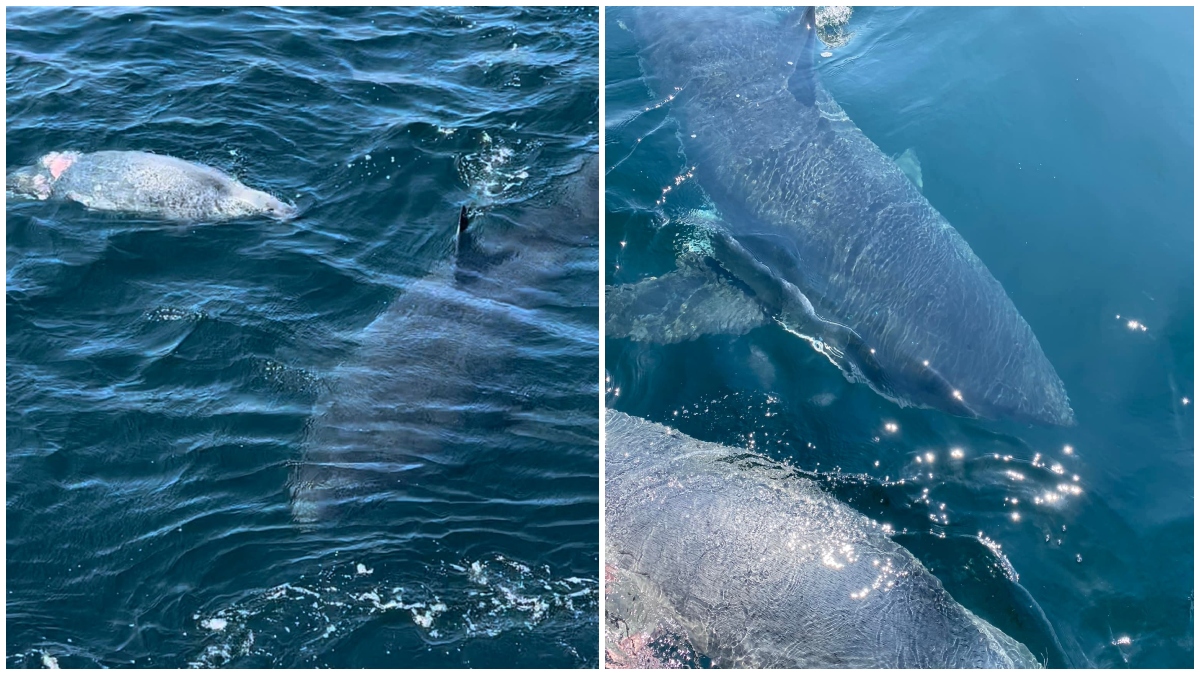Long Reef Beach shark attack: Which species attacked surfer as limbs torn off, board broken? THESE Sydney beaches closed
 Image of sharks used for representation | Facebook
Image of sharks used for representation | Facebook
A horrible shark attack claimed the life of a 57-year-old Australian man on Sydney's Northern Beaches on Saturday morning. Following the incident on Long Reef Beach, Dee Why Beach was declared shut for the next 48 to 72 hours, while remaining beaches between Manly and Narrabeen in New South Wales will stay closed for 24 hours, Australian media reports said.
While it was not immediately known if it was a Great White that was involved in the fatal attack, reports quoted eyewitnesses as saying a "large shark" was responsible for the incident. The man was reportedly at Long Reef Beach surfing with a group of friends when he was attacked just after 9:30am. He had entered the water for hardly half an hour when the shark caught up with him, they added.
His friends claimed that they understood it was a shark attack when the victim and his board quickly disappeared underwater about 100 metres from the shore. They could do nothing but swim back to safety quickly. Later, he was found floating motionless in the water, ABC.net.au said in a report. The shark had attacked in such a manner that many of the victim's limbs were missing, the report added.
NSW authorities, who reportedly labelled the incident a rare-of-a-rare freak incident, later confirmed that the victim died due to blood loss. He was taken to the shore by a couple of other surfers who saw him floating along with a large part of his surfboard, the news report said.
Following the attack, beachgoers were warned about the shark attack at Long Reef Beach via a megaphone announcement from a boat. They were asked to get out of the water immediately and later, the beaches were closed for the public.
Usually, when a shark attack is reported in Australia, the beast is caught and released further away from popular destinations. Sharks that are thus released reportedly choose to leave the area for several months before eventually returning to their natural migratory route.
World